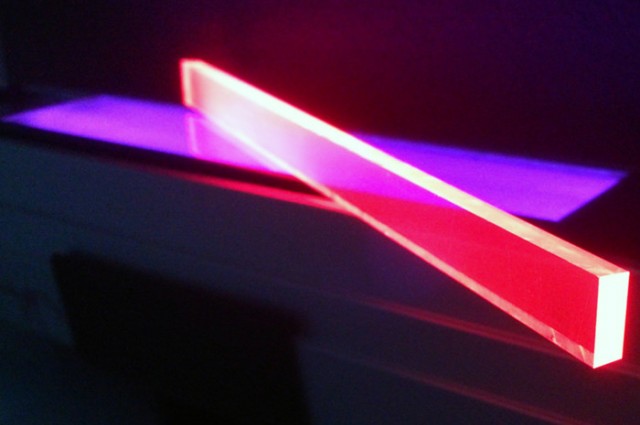
“Cold Nose” LASZLO ILYES, via Wikimedia Commons
Thanks Hannah from Canberra for the question!
Your nose and sinuses are making mucus (that’s a fancy word for snot) all the time, to keep themselves moisturised and clean. There are little microscopic structures a bit like hairs or tentacles called cilia in your nose and sinuses and, normally, they move the mucus to the back of your throat and eventually it mostly gets swallowed.
When it gets cold, those cilia don’t work as well. They can’t move the mucus quickly enough. To make their job even harder, the mucus gets thicker and stickier when it’s colder, just like honey or syrup does. Your nose might start making extra mucus, too, because of the harsh, cold, dry air. This means you get a build-up of mucus in your nose.
When you come inside and the mucus warms up and gets runnier again, your cilia can’t get it moving quickly enough, so it start to run out of your nose.
A runny nose in cold weather doesn’t necessarily mean you’re getting sick, it’s just a normal reaction to going out into the cold from a nice, warm place!
Click for more on your cilia and the cold and the fluid dynamics of mucus. (External links, technical content.)
If you want to know more, think I’ve made a mistake, or have a completely unrelated question, please comment here or jump across to my Ask a Question page to let me know what you’re thinking!

